How Covid spread through the Hunter: Dr David Durrheim plots how the virus caused a lockdown
It sounds like a bad joke but when two unrelated Covid-19 cases walked into the same pub on the same night it sparked a public health emergency and plunged the Hunter into lockdown. Read the inside story.
Newcastle
Don't miss out on the headlines from Newcastle. Followed categories will be added to My News.
The Sydneysider was infected with Covid-19 but free of symptoms when she jumped on a Newcastle-bound train for a few days of shopping and partying despite public health orders telling her not to.
It is July 27 and the Hunter was just a few sleeps away from nervously notching up a year being coronavirus free.
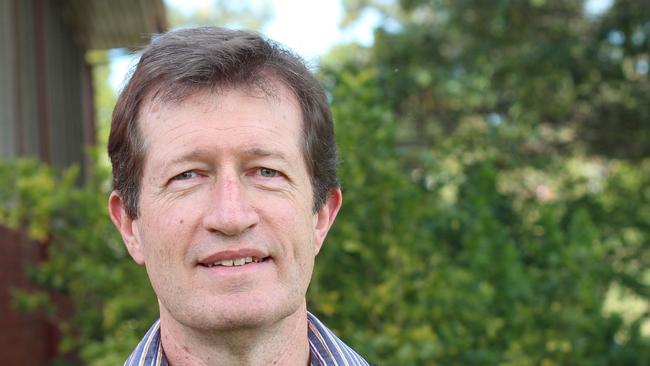
On the same day, a Tuesday, a University of Newcastle student is also peering out the window as a Sydney-Newcastle service slowly snakes its way past the Hawkesbury and beyond.
The Sydneysider and the university student do not know each other, but they will soon become intertwined in a crisis that will see more than 600,000 residents locked down amid an unprecedented spread of the Delta strain through the Hunter and beyond.
In an exclusive interview with The Newcastle News, Hunter New England Population Health’s public health physician, Dr David Durrheim, has outlined the extraordinary contact and sequence tracing which has seen all but three of the region’s 82 Covid-19 cases linked by Friday night.
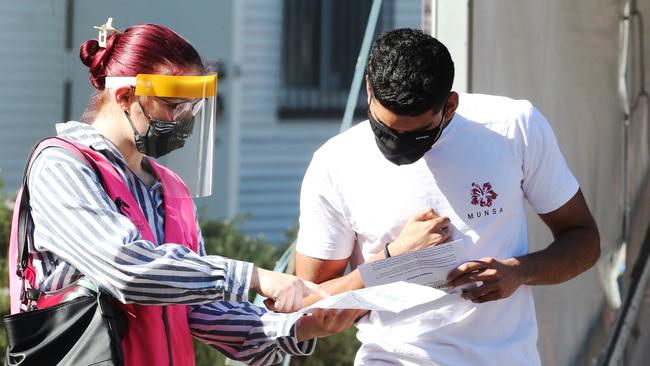
And it starts with the Sydneysider and the university student.
They are both heading to Newcastle on the Tuesday. Independently and on different services.
Testing would confirm that the Sydneysider was carrying the virus as she travelled to Newcastle.
As for the university student, that remains unclear.
“If you asked me to prove beyond reasonable doubt, well we couldn’t. But it is probable that she was infected before she travelled to Newcastle,’’ Dr Durrheim says
And that is important. Because although the university student and Sydneysider do not know each other — still don’t — their paths cross at least once.
Although Dr Durrheim is careful not to name any exposure sites, The Newcastle News can confirm it was at the Shortland Hotel on the Wednesday — the day after they both travelled to Newcastle.
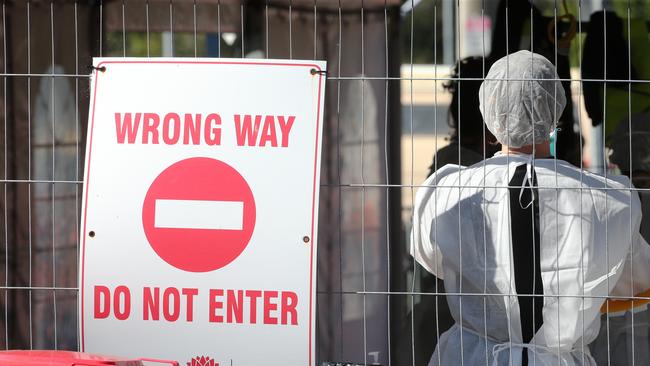
In a bizarre coincidence, possibly the only two people carrying Covid-19 across the entire Hunter happen to wander into the same popular suburban pub that night.
Dr Durrheim says they were not socialising and there is no CCTV which confirms they directly crossed paths, or even that they were at the pub at exactly the same time.
But the coincidence would prove a headache for contact tracers in a few days time, when they need to decipher whether the known case (the Sydneysider) infected the university student or whether the uni student was already a carrier.
Hence Dr Durrheim’s “probable” verdict that she was already infected.
Because within a day, she would unwittingly begin infecting others at International House at the University of Newcastle’s Callaghan campus immediately.
And experts know that it usually takes a few days — most of the time more than two days — between being infected with the virus and becoming infectious to others.
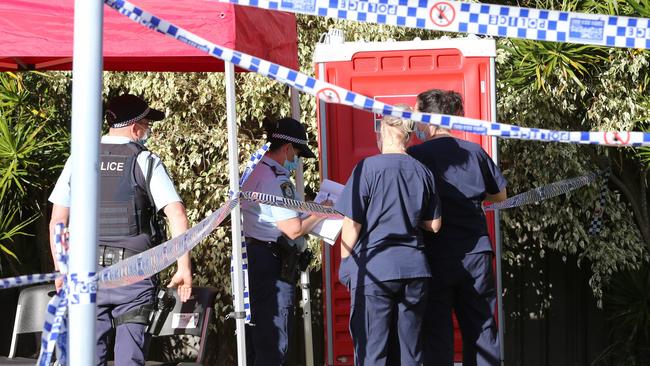
At the same time, the Sydneysider is infecting friends at a Shortland house and other residences, believed to be near Kurri Kurri and New Lambton.
The Sydneysider is at a small get-together at the Sandgate Rd home on the Wednesday night following the Shortland Hotel visit.
The following morning, Thursday, her friend arrives at Cardiff train station to be met by two officers from the police transport command.
It is 9.45am and the Second Sydneysider tells the officers she innocently fell asleep as she was travelling from Strathfield to Epping and ended up in the Hunter.
The officers let her off with a warning and tell her to get on the next train back to Sydney. It would be a decision that could haunt them.
Because the second Sydneysider allegedly disobeys their direction and instead meets up with the other Sydneysider.
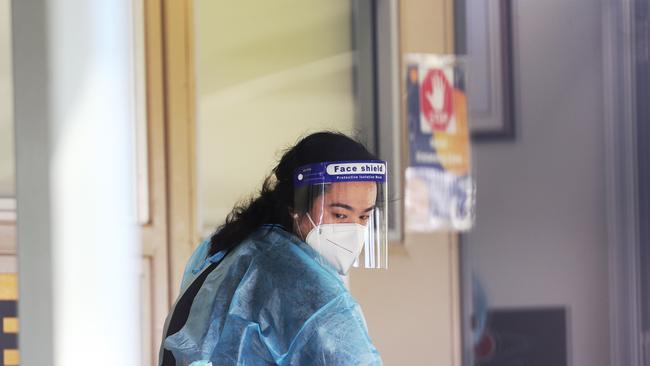
Between the two of them, police allege, they will spread the virus as they go shopping at major venues like Westfield Kotara and Charlestown Square.
Dr Durrheim says the second Sydneysider was not infected when she alighted from the train at Cardiff on the Thursday.
But she would quickly become a carrier after meeting up with the first Sydneysider.
The pair attend another house party at the same Shortland premises on the Thursday night — a shindig which Dr Durrheim says was very well attended and was definitely a “transmission event’’.
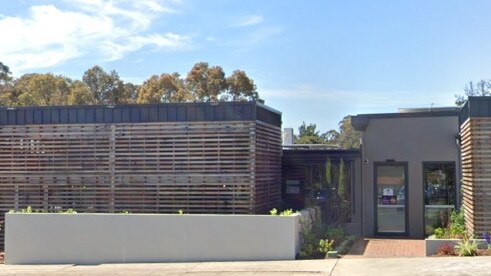
By 1.45am the following morning, both of them are fronted by police as they stand on Sandgate Rd outside the party house.
It is alleged they give false details until the officers glean their particulars and hand them a $1000 fine for breaching the public health order.
Police direct them back to Sydney — that is as far as their powers go — and the women tell them they will before leaving.
But they don’t.
By this time, a second superspreader event is beginning to occur at International House on the university campus.
And by Friday lunchtime, the two Sydneysiders are off on a shopping trip, including more than three hours at Charlestown Square in the afternoon.
As the sun drops, they head to the much-publicised Blacksmiths Beach party — the get-together which chief medical officer Dr Kerry Chant will make reference of on August 5 when she announces the Hunter would go into a snap lockdown.
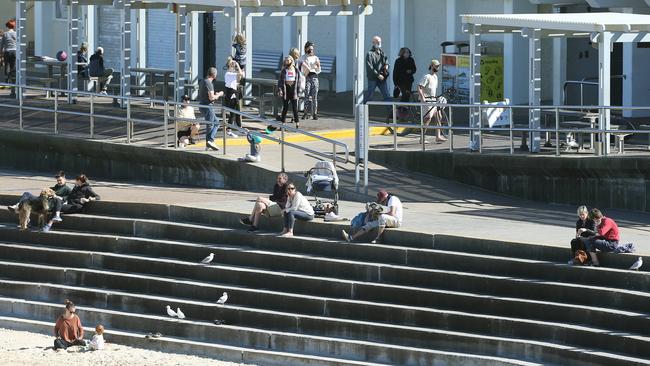
Dr Durrheim says as well as the two Sydneysiders, at least two other infected people from Sydney attend the Blacksmiths Beach party.
He says there is evidence that they would have been carrying the virus and were already infectious when they got to the beach.
He also describes it as a “superspreader event” and, like the Shortland house parties (especially the large congregation the night before Blacksmiths) it would prove to have links to many of the subsequent positive cases throughout the Hunter.
After Blacksmiths, at least some of the infected Sydneysiders head out. At least three major nightclubs and pubs are frequented. The virus is still being transmitted.
And no one knows.
But Newcastle being Newcastle, there are many possible interactions between the Sydneysiders and other university students which could also explain the Callagahn cluster.
The next morning, a construction worker from Campsie travels up to Newcastle.
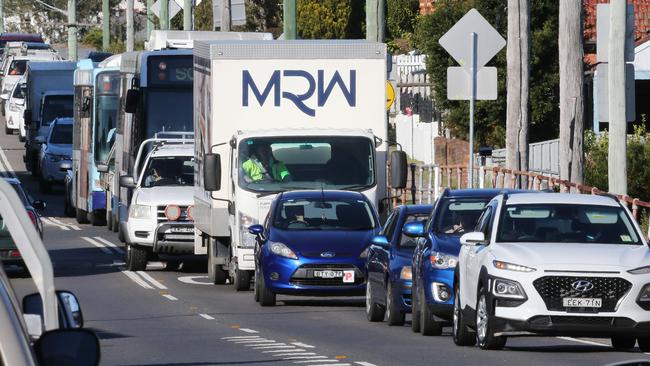
In another bizarre coincidence, he is staying at a Shortland residence with other construction workers. He will infect four of them.
It is not until sewage tests the following Monday — three days after Blacksmiths and two days after the Sydneysiders finally jump on a train home as the construction worker arrives — that red flags will begin to be raised.
When the test result come back on Tuesday night, there are well-placed fears that the virus has arrived.
By Thursday — nine days after the Sydneysider and university student get their separate train rides up — the Hunter is in lockdown.




